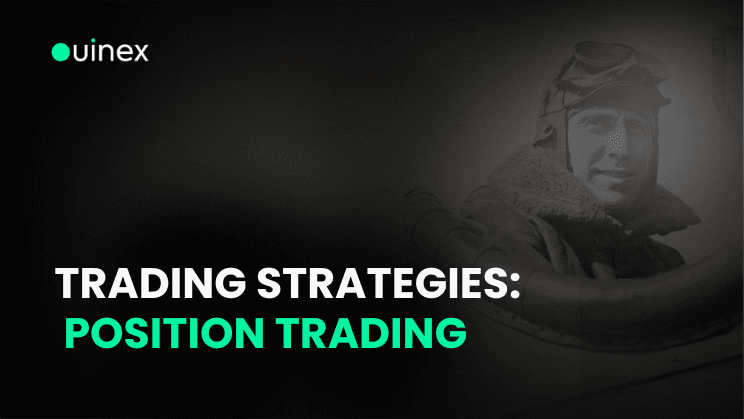
Position Trading: The Long Game with a Twist
Position trading involves taking long-term positions based on major market trends and holding them until the trend plays out. Unlike day or swing traders, position traders aren’t concerned with daily or weekly fluctuations—they focus on the big picture.
How It Works
- Identify Long-Term Trends: Use technical analysis, fundamental analysis, or both to spot significant market movements.
- Ride the Wave: Enter a position when the trend is gaining momentum, and stay in as long as it aligns with your analysis.
- Minimal Management: Position traders don’t micromanage their trades, but they do monitor trends periodically to avoid reversals.
Real-World Examples
- Crypto: A position trader might buy Ethereum during a bull market, holding it for months as DeFi adoption boosts its value.
- Derivatives: In futures markets, position traders might hold long positions in a commodity or cryptocurrency contract for several months, waiting for a strong trend to mature.
What You Need to Know
- Understand Market Cycles: Position traders need to grasp long-term market movements, from bull runs to bear markets.
- Patience is Key: Trends don’t develop overnight. Successful position trading often means waiting for months—or longer.
- Stay Updated on Fundamentals: Economic events, regulatory changes, or major news can shift the market’s direction and impact your trade.
- Watch for Reversals: Know when a trend is losing steam, and have an exit strategy in place.
- Handle Volatility: Be prepared for interim price swings, but don’t panic-sell unless the long-term trend changes.
Why Position Trading?
Position trading is ideal for those who want to trade strategically without the constant grind of day-to-day management. It combines the best of long-term investing and active trading, letting you capitalize on big trends with fewer transactions.
Position Trading FAQs
- How is position trading different from HODLing?
Position trading relies on analysis and planned exits, while HODLing is a more passive “set it and forget it” approach. - Is position trading risky?
It can be. Holding through volatile periods requires a strong understanding of market trends and risk management. - Can I position trade with crypto?
Absolutely. Crypto’s long-term price trends make it a prime candidate for position trading. - What tools do position traders use?
Tools like moving averages, trendlines, and fundamental analysis help position traders identify trends.
How often should I check my trades?
Periodically—weekly or monthly—depending on how long-term your strategy is.